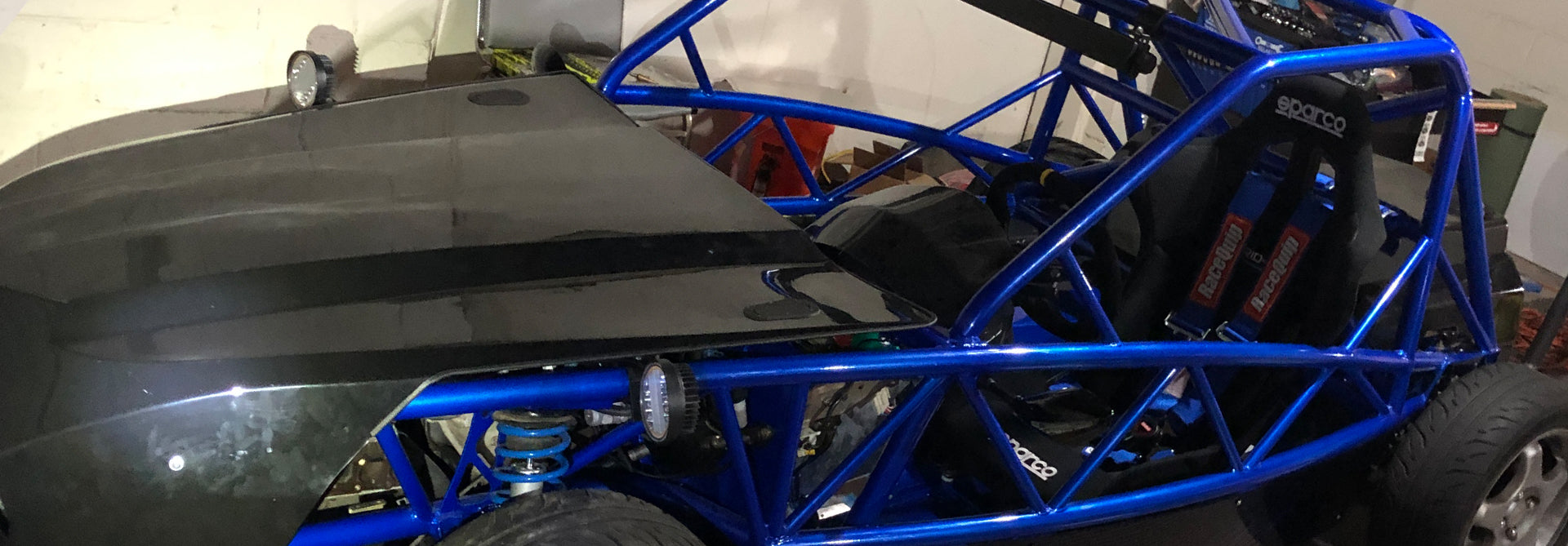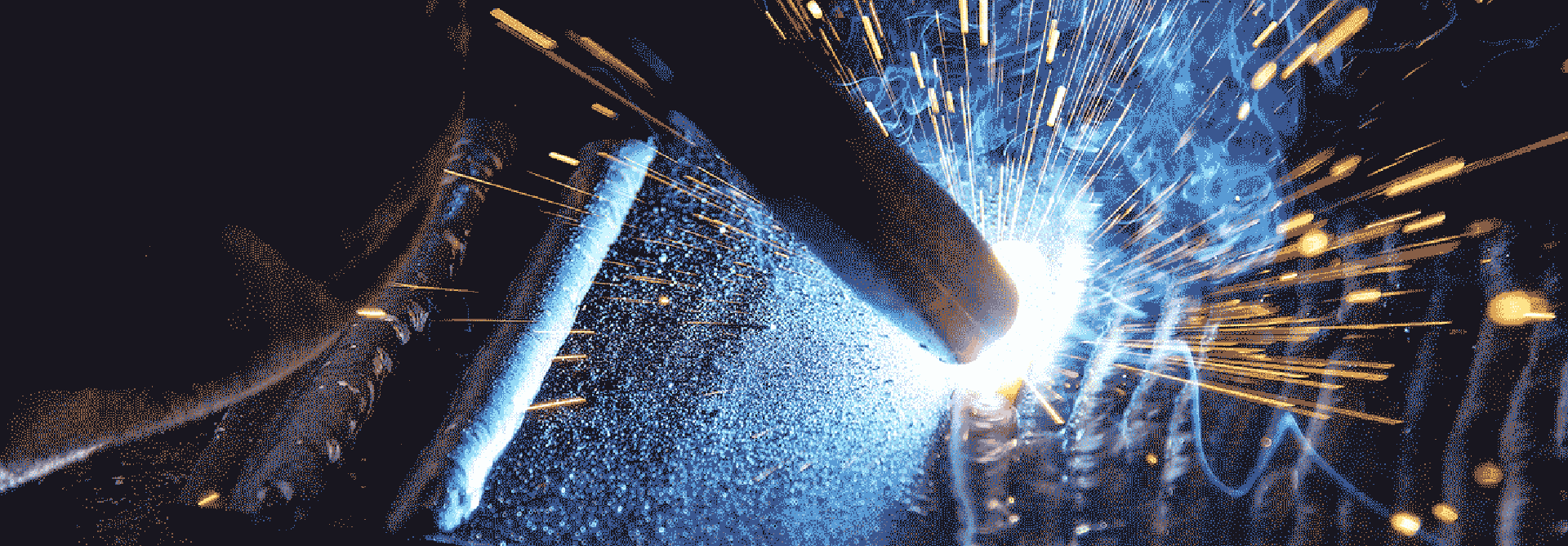Your welds might look solid on the surface, but it’s all about the depth, especially with automobiles. And inadequate penetration is a problem, one of the most common and potentially most damaging. The main problem with penetration is that it’s hard to check. Unless you’ve got x-ray vision (or the equivalent equipment), it’s difficult to see how deep your welds are going. While this is always a challenge for your average welder, knowing the proper techniques is the critical first step towards achieving good penetration.
It's all about the amps
There’s several factors that contribute to the overall penetration of your weld. But the one that contributes most to penetration is current (amperage). It’s actually quite easy to understand: In theory, more amperage equals more penetration, less amperage equals less penetration (assuming you’ve adjusted your wire speed and other settings to match correctly).
In the video below, Kevin Caron shows how different amounts of amps affect penetration. Note that he doesn’t adjust for wire speed when he moves to his highest setting.
Beyond current, other factors like wire speed, polarity, welding process, type of electrode, equipment, shielding gas, and travel angle can affect penetration. However, as we mentioned, amps is the most common issue. If you’re experiencing problems with your penetration, start with adjusting your amps and move on to diagnosing these other factors if the problem persists.

Achieving “good” penetration
As mentioned above, penetration is largely determined by factors that are set up even before you strike an arc. Determining if you’ve gotten adequate penetration can be difficult in some situations since the fusion happens largely below the surface, mostly invisible to the human eye. The caveman way to see if you’re getting the right amount of penetration is done by welding 2 scrap pieces together side by side. This way you can flip your pieces over and see how deep your bead is going. If you’re working on a structural project where more scientific means are required, x-rays and/or cut and etch tests are often used to help determine penetration.
It’s commonly believed that there’s no such thing as too much penetration. To an extent, it can be better to have more penetration than not enough. However, there are some certain drawbacks of going too far. For instance, when working with thin material, it’s actually possible to punch through your base metal. A more common problem with too much penetration happens when your bead is 20% deeper than it is wide (though that number can vary with material, process, etc.). What happens is that as the bead cools and shrinks, its uneven shape causes the shrinkage stresses to be unequal. This can cause cracks to appear at the center of your bead, compromising the integrity of your weld.
Having the right settings before you weld can solve many of the issues with inadequate penetration. That, of course, is easier said then done. But a machine with auto-set functionality will take away a lot of the headache. Check out a few of our favorite auto-set machines with the recommended products below.







